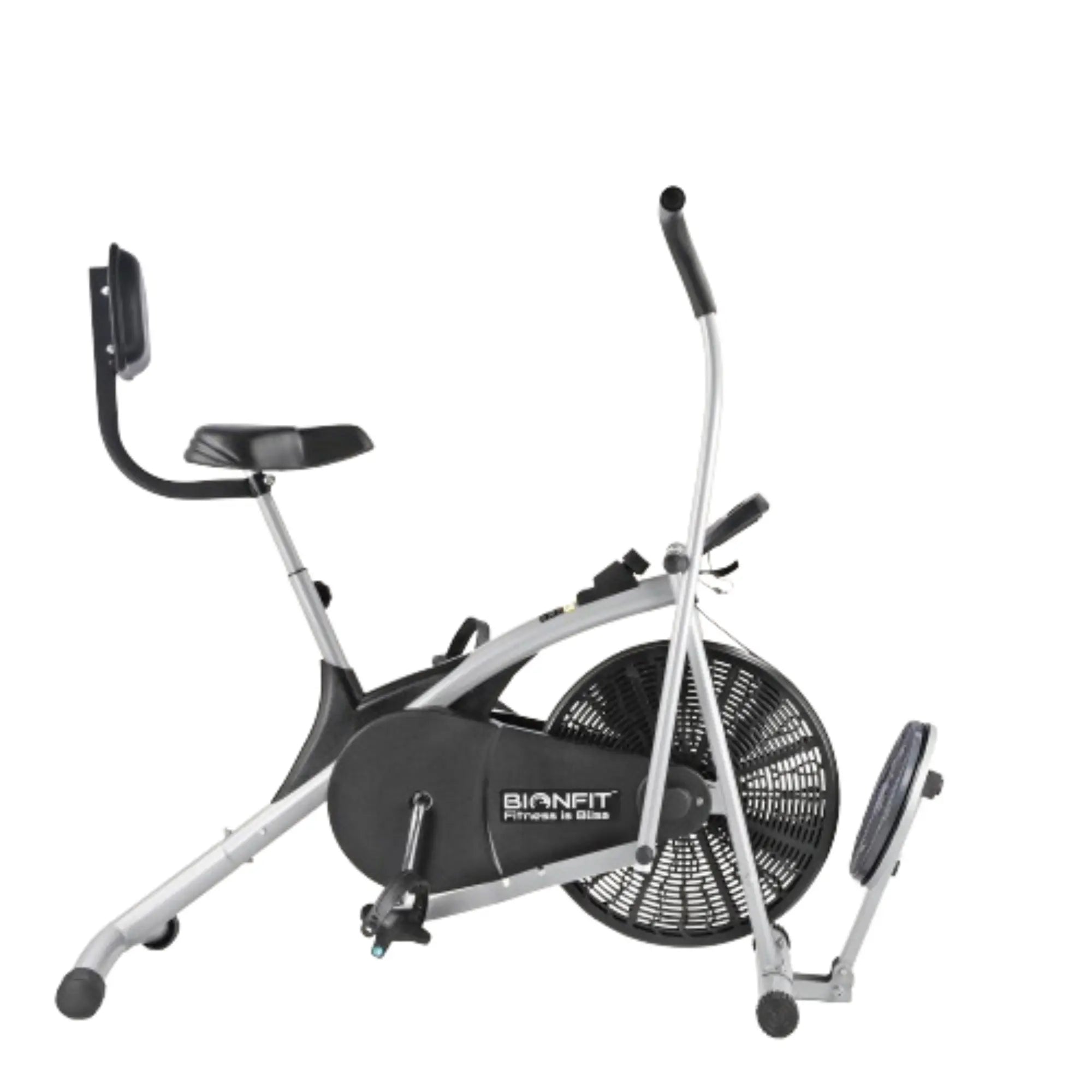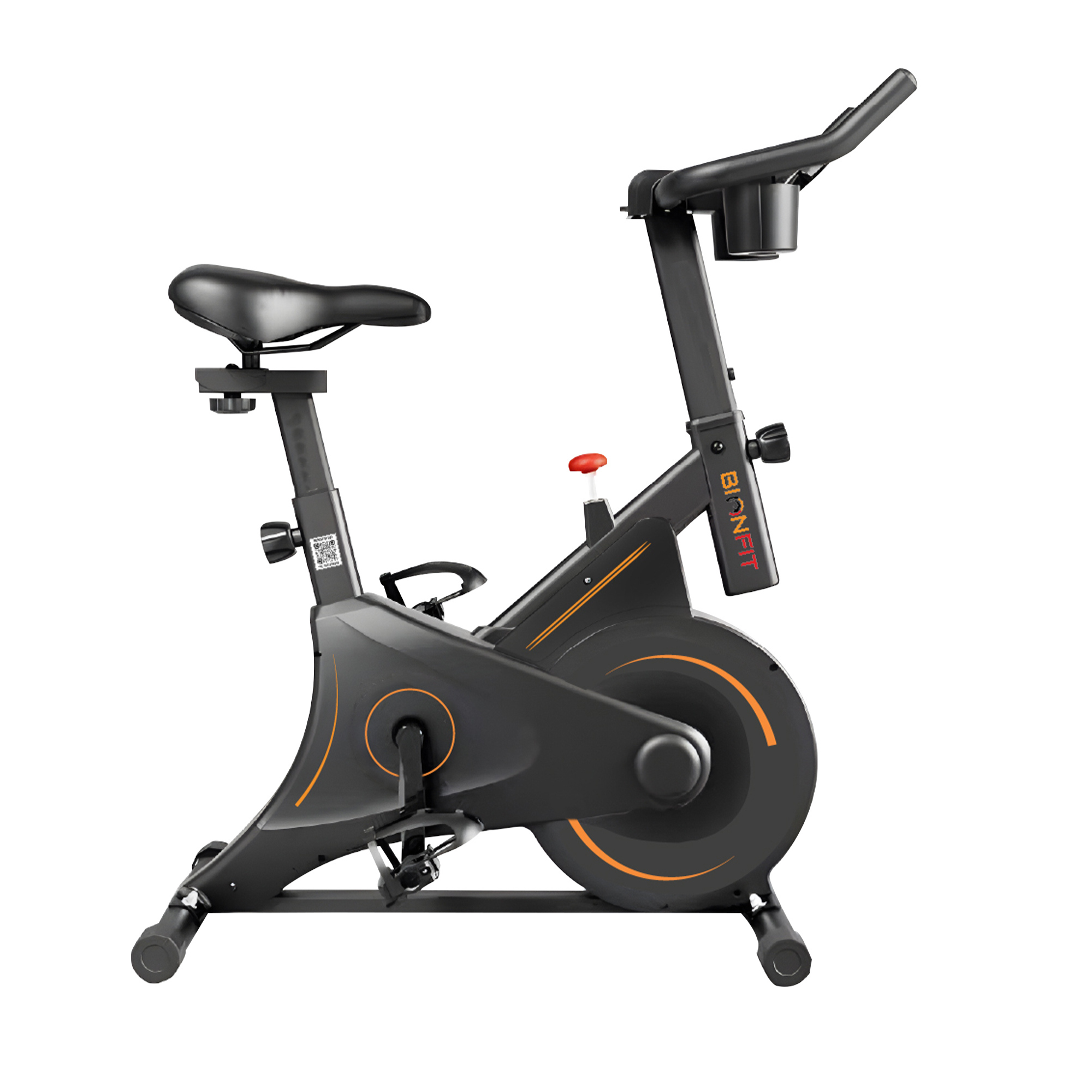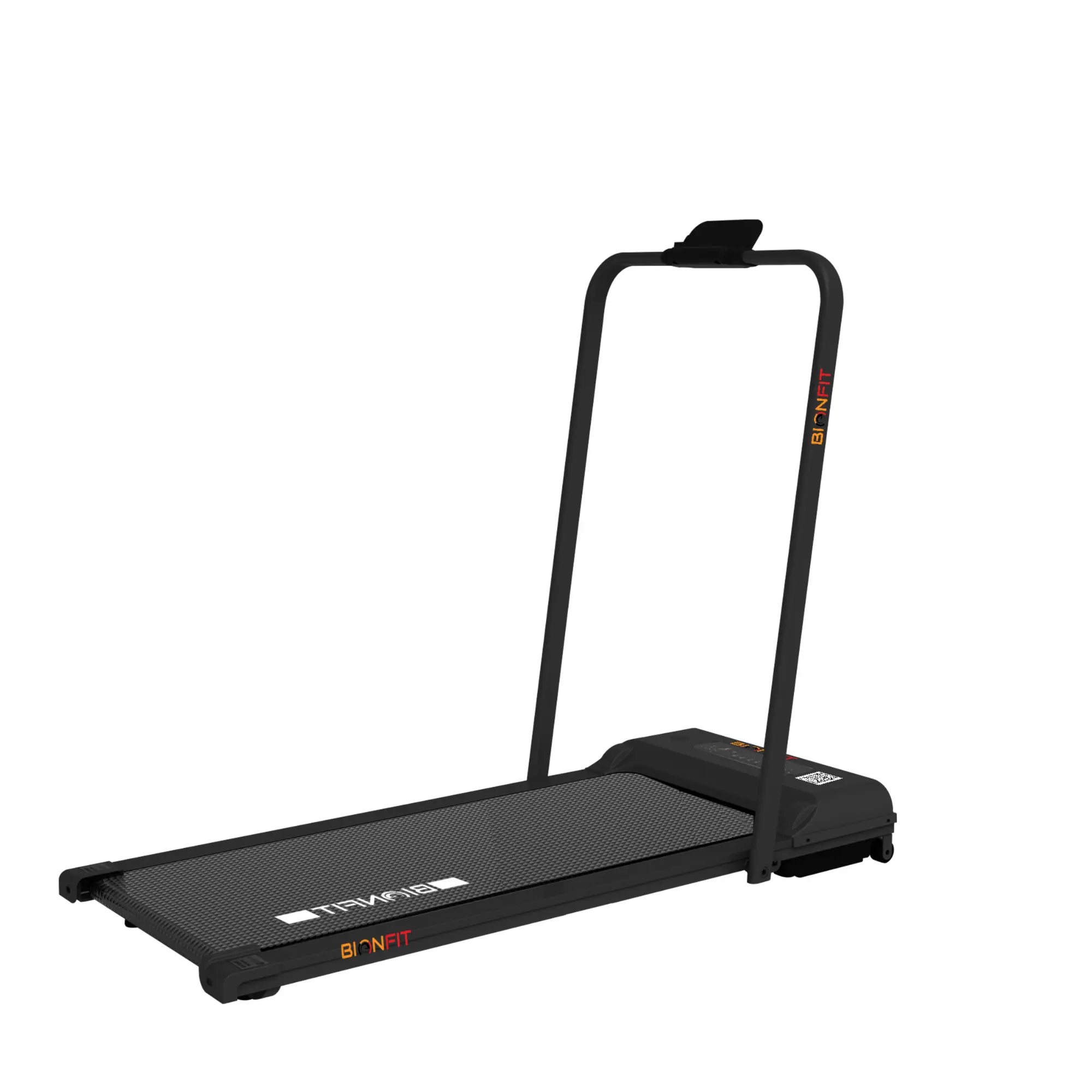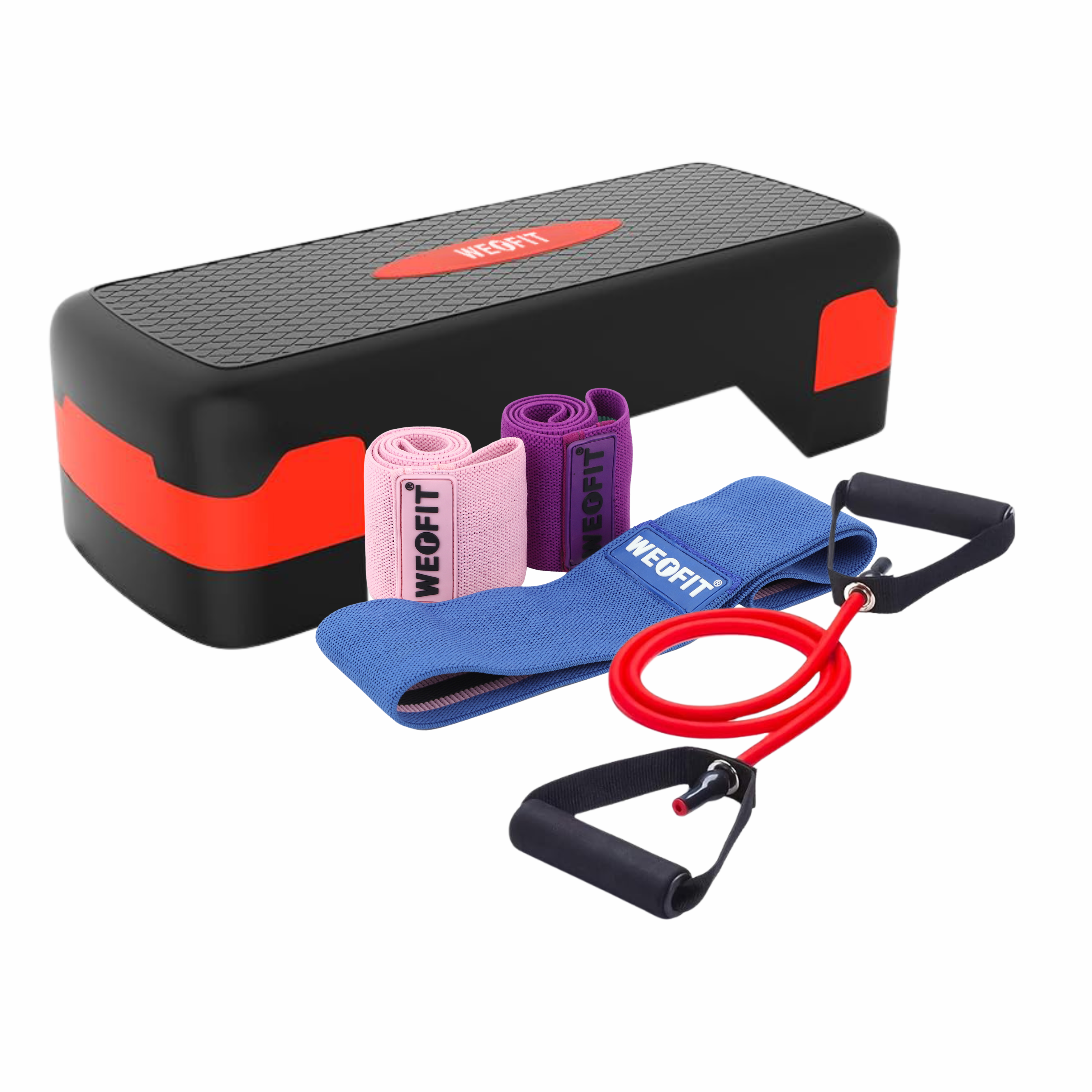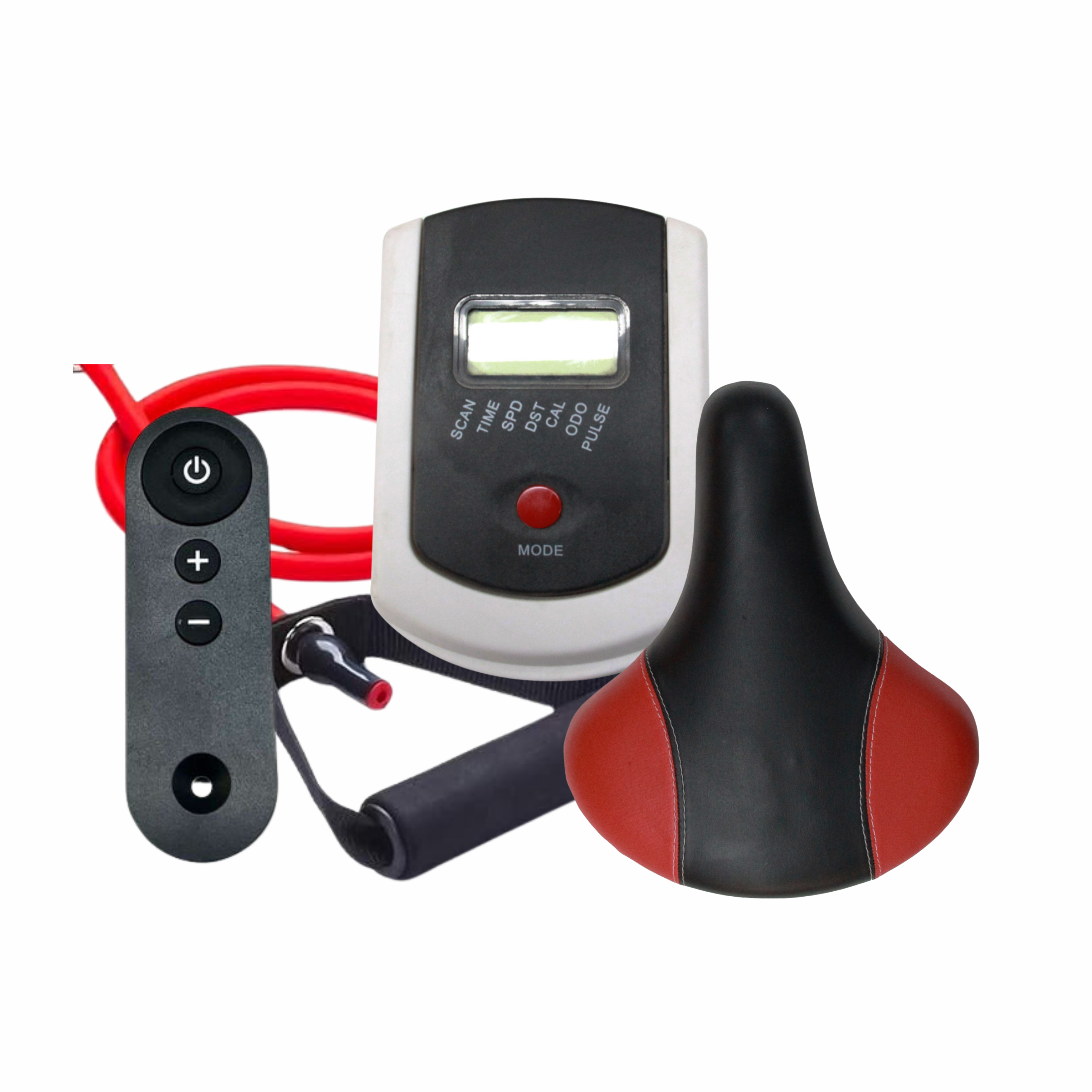
Why is airbike resistance knob not turning?
In the world of fitness, airbikes have become a popular choice for cardio workouts, offering a challenging and effective way to get your heart pumping and calories burning. However, encountering issues with the resistance knob can quickly put a damper on your exercise routine. Let's delve into why your airbike's resistance knob might not be turning and how to address this frustrating problem.
Introduction
Airbikes are equipped with a resistance knob that allows users to adjust the intensity of their workouts. By turning the knob, you can increase or decrease the resistance, providing varying levels of challenge to suit your fitness goals. However, when the resistance knob refuses to budge, it can hinder your ability to customize your workout and achieve optimal results.
Common Issues with Airbike Resistance Knobs
Stiffness and Difficulty in Turning
One of the most prevalent issues faced by airbike users is the stiffness of the resistance knob. You might find that the knob is incredibly difficult to turn, making it challenging to adjust the resistance levels during your workout.
Lack of Resistance Adjustment
In some cases, the resistance knob may seem unresponsive, failing to change the resistance despite your efforts to turn it. This can result in a frustratingly consistent workout intensity, limiting your ability to push yourself and reach new fitness milestones.
Grinding or Clicking Noises
Another telltale sign of a malfunctioning resistance knob is the presence of grinding or clicking noises when attempting to adjust it. These sounds indicate that something within the mechanism is not functioning properly, potentially leading to further complications if left unresolved.
Causes of a Non-Turning Resistance Knob
Several factors can contribute to the inability of the resistance knob to turn smoothly:
Accumulation of Dust and Debris
Over time, dust, dirt, and other debris can accumulate around the resistance knob and its mechanism, causing friction and hindering its movement.
Rust or Corrosion
Exposure to moisture and humidity can lead to rust or corrosion of the internal components, making it difficult for the resistance knob to turn freely.
Mechanical Issues with the Knob Mechanism
Faulty internal components or misalignment of the knob mechanism can also impede its ability to turn, resulting in a non-responsive or stiff knob.
Troubleshooting Steps
If you're experiencing issues with your airbike's resistance knob, here are some troubleshooting steps you can take to address the problem:
Cleaning the Resistance Knob and Mechanism
Start by cleaning the resistance knob and its surrounding area to remove any built-up dirt or debris. Use a soft brush or cloth to gently wipe away the particles, ensuring that the knob can move freely without obstruction.
Lubricating the Moving Parts
Apply a small amount of lubricant to the moving parts of the resistance knob mechanism to reduce friction and promote smooth operation. Be sure to use a lubricant that is compatible with the materials used in your airbike to avoid damage.
Checking for Rust or Corrosion
Inspect the resistance knob and its internal components for any signs of rust or corrosion. If you notice any, gently clean the affected areas with a rust remover solution and a soft cloth.
Adjusting the Tension Cable
Sometimes, the issue may lie with the tension cable connected to the resistance mechanism. Check to see if the cable is properly aligned and adjusted according to the manufacturer's instructions.
Professional Maintenance and Repair Options
If the troubleshooting steps above fail to resolve the issue, it may be time to seek professional assistance. A qualified technician can diagnose the problem and perform any necessary repairs or replacements to restore your airbike's functionality.
Preventive Measures to Avoid Future Issues
To prevent future issues with your airbike's resistance knob, consider implementing the following preventive measures:
- Regular Cleaning and Maintenance: Make it a habit to clean and inspect your airbike regularly to prevent the accumulation of dirt and debris.
- Proper Storage: Store your airbike in a clean, dry environment away from moisture and humidity to minimize the risk of rust or corrosion.
- Avoid Excessive Force: Be gentle when adjusting the resistance knob, avoiding excessive force that could potentially damage the mechanism.
Conclusion
The resistance knob plays a crucial role in maximizing the effectiveness of your airbike workouts, allowing you to tailor the intensity to your fitness level and goals. By understanding the common issues that can arise and taking proactive steps to address them, you can ensure smooth and enjoyable rides every time.
FAQs
Why is my airbike resistance knob stuck?
- The resistance knob may be stuck due to dust and debris accumulation, rust or corrosion, or mechanical issues with the knob mechanism. Try cleaning and lubricating the knob to see if it improves its movement.
Can I fix a non-turning resistance knob myself?
- You can attempt to troubleshoot and fix the issue yourself by following the steps outlined in the article. However, if you're unsure or uncomfortable with DIY repairs, it's best to seek professional assistance to avoid causing further damage.
How often should I clean my airbike's resistance knob?
- It's recommended to clean your airbike's resistance knob regularly, ideally after every few uses or whenever you notice a decrease in its responsiveness. This will help prevent the buildup of dirt and debris that could affect its performance.
What type of lubricant should I use for the resistance knob?
- It's best to use a silicone-based lubricant specifically designed for fitness equipment, as it will provide adequate lubrication without attracting dust or causing damage to the components.
Is it normal for the resistance knob to make noise when turning?
- While some minor noise may be normal during operation, excessive grinding or clicking noises could indicate a problem with the mechanism that requires attention. If you notice unusual sounds, it's best to investigate and address the issue promptly.
Follow us for more updates.

